The Kaged evolution continues -- now live at GNC.
For the past few months, we've been covering the news that Kaged was finally coming to GNC, as highlighted in PricePlow Podcast Episode #097 with Aaron Heidebreicht and Darin Decker.
Kaged has taken the premium end of the sports nutrition industry to a higher level, with incredible non-proprietary formulas, all natural colors and flavors, drug-tested athlete safe products with third-party lab tests.
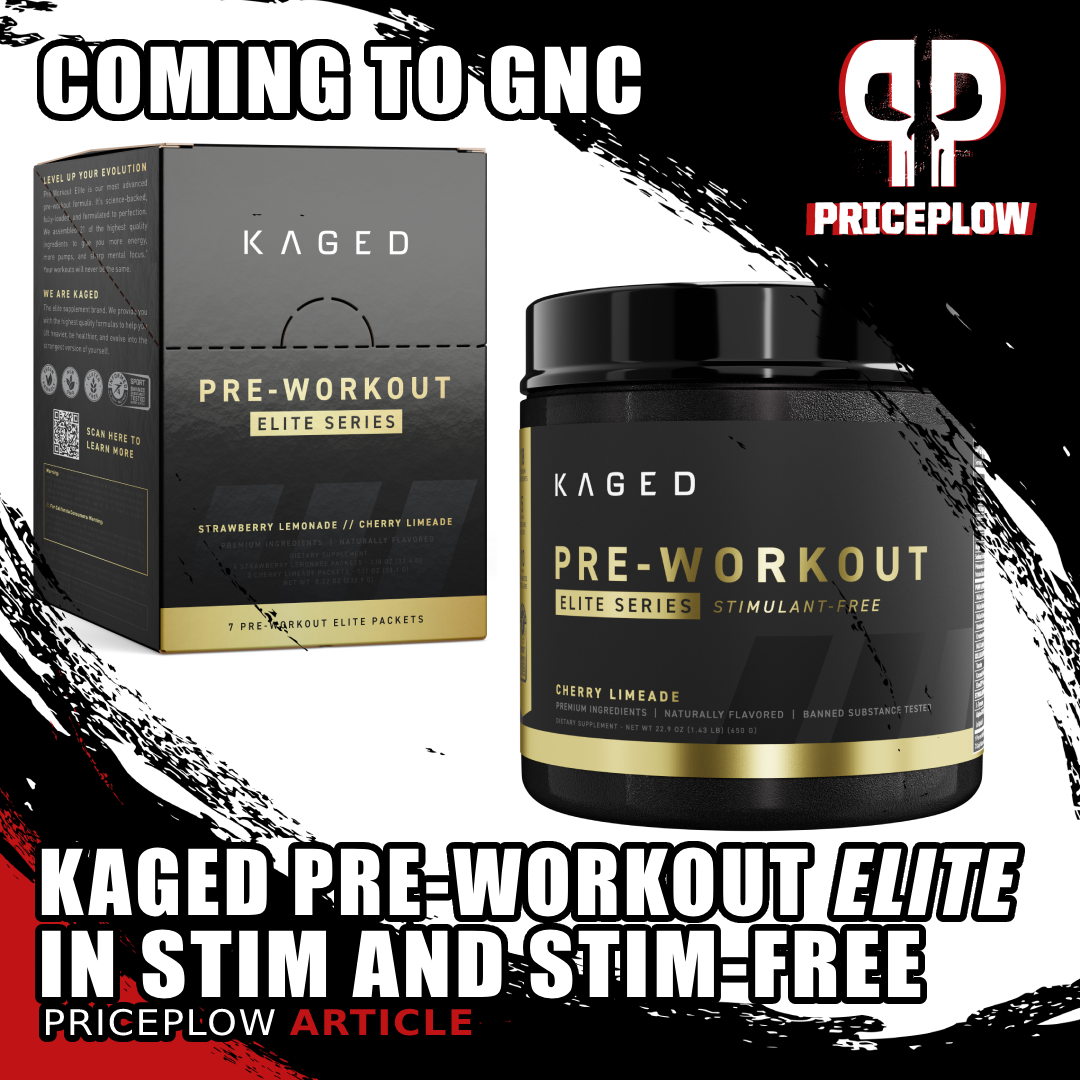
Live to GNC and exclusive through Spring 2024, Kaged Pre-Workout Elite Series is an updated spin on Pre-Kaged Elite that comes in both stimulant and stimulant-free options!
When the brand was renamed to Kaged, the first thing the team did was announce Pre-Kaged Elite, a hyper-advanced pre-workout supplement for athletes who want the most out of their training. The time has come for a more streamlined name and some updated ingredients:
Kaged Pre-Workout Elite Series is Live at GNC
The Kaged Pre-Workout Elite Series has it all, and even more. This formula provides both massive energy and pumps, featuring 388 milligrams of naturally-sourced caffeine (in the stim-based version) and 10 grams of L-citrulline combined with nitrates for even more pumps, on top of a clinically-backed dose of creatine monohydrate.
But even better, today we get to introduce you to MAX Catalyst, a piperine-based absorption system that's set to bring more clinical backing for more ingredients.
Below, we recap this monster of a pre-workout supplement -- the upper-level of the three-tiered Kaged pre-workout portfolio -- and are excited to announce that there's also a stimulant-free option as well as single-serving packets!
It's first available at GNC, so let's check on availability and get you signed up for our Kaged news alerts -- there's far more on the way:
Kaged Pre-Workout Elite Series – Deals and Price Drop Alerts
Get Price Alerts
No spam, no scams.
Disclosure: PricePlow relies on pricing from stores with which we have a business relationship. We work hard to keep pricing current, but you may find a better offer.
Posts are sponsored in part by the retailers and/or brands listed on this page.
This area is reserved for Team PricePlow's upcoming videos.
Subscribe to our channel and sign up for notifications so you catch it when it goes live!
Kaged Elite Pre-Workout Ingredients
An epic 33 gram scoop of Elite Pre-Workout brings you the following incredible formula, fronted by 10 grams of citrulline and 388 milligrams of caffeine (if you choose the stimulant-based version):
-
Pump & Performance
-
MAXed L-Citrulline (as Aminature) - 10000 mg
KAGED Pre-Workout Elite Series Ingredients -- Note that the stimulant-free option will not have caffeine or ilex guayusa
In early 2022's release of Pre-Kaged Elite, we could hardly believe the dose -- 10 grams of L-citrulline to boost nitric oxide levels into the proverbial stratosphere. Kaged pushed the market forward with 6.5 grams back in the day in 2014's Pre-Kaged release, and they did it again here. Now, with MAX Catalyst, it's even better:
Why MAXed L-Citrulline?
First, let's explain the MAX Catalyst system. The label shows it as a separate ingredient at the bottom of the Pump & Performance Blend (as 4 milligrams of 95% piperine extract), but it's worth discussing how it enhances each of the top three ingredients in the formula.
MAX Catalyst's internal data in a randomized, double-blinded, crossover human trial found that combining it with citrulline led to a 64.57% improvement in plasma amino acid concentration in humans. This improvement was measured as the total area under the curve (AUC), measuring 572.6 umol/L compared to 347.9 umol/L when the same participants used placebo.
We hope to publish this data, or cite it when it's peer-reviewed and published, and will update this article when that happens.
Now let's explain L-Citrulline, then talk about why there's 10 grams:
What is L-citrulline?
L-Citrulline is an ingredient used as a nitric oxide (NO) precursor in dietary supplements,[1] and producing more nitric oxide is important because it leads to vasodilation -- the widening of blood vessels due to relaxation[2,3] -- which leads to improved blood flow. And that means literal pumps![4]
The Arginine Citrulline Cycle with a breakout showing the arginine-to-nitric oxide reaction. Image courtesy Wikimedia with added biochemistry sources.[5,6]
To be a bit more specific, L-citrulline first gets converted to L-arginine, which is then the real nitric oxide precursor.[1] Head-to-head, citrulline actually works better than arginine for this[2] because the digestive system breaks arginine down too quickly before it can exert its NO effects.[7-10] So Kaged doubles down on L-citrulline with a dose we'll explain below.
Going from 10 to 15 grams of L-citrulline may have raised plasma citrulline levels dose-dependently, but the plasma arginine levels certainly didn't increase 50% alongside it! After 10, you hit the law of diminishing returns.[11]
Benefits from increased nitric oxide production
With the NO boost in place, research studies have shown many benefits from citrulline, including improved ATP production (for cellular energy), better work output, and greater post-workout recovery.[12-14] A 2020 meta analysis solidified findings on L-citrulline's endurance gains as well -- the ingredient leads to reduced perceived exertion and soreness since it helps with metabolic waste removal.[15]
We've seen clinical data supporting just 3 grams of L-citrulline (or 6 grams of citrulline malate),[16,17] and even newer research using 8 grams.[4] Kaged is well above and beyond all of that. But why?
Why 10 grams of citrulline?
Our answer comes from a 2018 article showing L-citrulline's impact on cardiometabolic health, where the authors reference a study that tested 2, 5, 10 or 15 grams:[16]
One such human study demonstrated a tolerance of up to 15 g l-citrulline per day in healthy volunteers.[11] By comparison, high-doses of l-arginine (~13 g) can induce significant gastrointestinal complications.[18,19] However, at 15 g doses of l-citrulline, a lower fractional absorption rate and plasma retention of l-citrulline was observed, potentially due to saturation of its transporters (e.g., ASC or B0,+-amino acid transporters) or reduced renal conversion of l-citrulline to l-arginine.
As such, the authors suggested a dose of 10 g l-citrulline for clinical use.[11] However, for increasing circulating l-arginine concentrations, doses of l-citrulline as low as 3 g have been shown to be effective.[2] Thus, the minimum effective dose is ~3 g/day, whereas the maximal effective dose may be as high as 10 g/day.[16]
The results of the citrulline loading tests. In figure a), the diamond markers represent the total activity of citrulline in the subjects' blood. In figure b) the circles represent the total activity of arginine, and the triangles represent that of ornithine.[11]
This is an important snippet of understanding why we're here. They cite a 2008 study, which shows quite convincingly that 10 grams L-citrulline greatly outperforms 5 grams, but doesn't get much more progress at 15 grams.[11] In that study, plasma L-citrulline levels increase dose-dependently, but only so much gets converted to L-arginine. After about 10 grams, we hit the law of diminishing returns.
So if you're trying to boost NO using the L-citrulline → L-arginine → nitric oxide pathway, 10 grams of citrulline is about where we hit the wall. You can learn more about this in our article titled "10 Grams of Citrulline?! Why Kaged Goes Big and Competitors Go Home".
For fun, with such a large dose, we'd also like to reiterate what we wrote in our original Pre-Kaged Elite article: to get this much citrulline, you'd need to eat 7.3 to 16.5 pounds of watermelon, depending on the fruit's quality![16,20-22]
-
MAXed Beta Alanine (as Carnosyn) - 3200 mg
Next up, we have the go-to dose of the classic endurance booster, beta alanine.
MAX Catalyst + Beta Alanine
First, let's cover the MAX Catalyst data, since most readers know about the ingredient already. Internal data showed that beta alanine plasma levels could be improved a whopping 116.23% in total area under the curve compared to baseline -- this is from 418.0 umol/L compared to the control group's 190.7 umol/L! This was again in a randomized, double-blinded, placebo-controlled, crossover study.
Aaron Heidebreicht and Darin Decker of Kaged join the PricePlow Podcast in Episode #097 and #098 from the 2023 GNC Franchise Convention to discuss major partnership updates, which includes an enormous launch at GNC!
That's more than a doubling of beta alanine making it to the plasma, potentially allowing us to get more carnosine produced. Here's how it works and why that's important:
After ingestion beta alanine gets combined with the essential amino acid L-histidine to form an important molecule stored in the muscle, carnosine.[23,24] Carnosine is important because it acts as a proton buffer -- it can buffer acids that induce muscular fatigue, so by having more carnosine (thanks to taking in more beta alanine), we can boost endurance.[24]
We've been using beta alanine in supplements for a couple of decades now, so there's been time to accumulate a great number of studies -- enough that we have two meta-analyses breaking them down. The first, published in 2012, analyzed 15 studies (totaling 360 participants) and found that beta-alanine indeed increased working capacity in exercises 1-4 minutes long.[25]
Even better, though, was the updated 2016 meta-analysis that looked at 40 studies (totaling 1461 participants), which found that beta alanine increases work capacity in exercises ranging from 30 seconds to 10 minutes long![26]
There's also some synergy with creatine,[27] our next ingredient.
Most athletes know by this point that beta alanine can produce a tingling sensation. This is known as paresthesia,[28] but don't be concerned - there's a large safety study showing that it "does not adversely affect those consuming it".[29] But once you feel those tingles, it's time to get going!
-
MAXed Creatine Monohydrate - 3000 mg (of about 4.35 grams total creatine)
Kaged has long been a company that used creatine HCl, but the amount of data on creatine monohydrate is simply overwhelming. If you want creatine in a strong pre-workout (and we love creatine in pre-workouts, even though it's not as common anymore), Kaged Elite Pre-Workout is one to try.
MAX Catalyst + Creatine
Again, let's cover MAX Catalyst's increase before getting into the creatine itself: Internal data from their randomized, double-blinded, placebo-controlled trial showed that creatine + MAX Catalyst led to a significant 40.15% improvement in total plasma concentration compared to placebo (MAX: 7.7 umol/L, CON: 5.5 umol/L) in area under the curve measurements.
Creatine's bioavailability was once quite a hot topic, and isn't generally stressed over anymore, so this is incredibly impressive and may singlehandedly reopen that can of worms - fun times at Kaged! Now let's get into the ingredient:
A study published in 2011 does a fantastic job showing creatine's role in the production of ATP in the mitochondria.[30]
Creatine is a phosphate donor for our body -- with it, we can produce more ATP (adenosine triphosphate),[31-35] the "energy currency" of our bodies that are made of high-energy bonds. With better ATP production, nearly everything improves - especially athletically.
There have been mountains of studies on creatine showing the following benefits (many of which are supported by meta-analyses):
- Increases in power[36,37]
- More lean muscle mass gains,[37-41]
- Improved weight gain,[37]
- Better sprint speed,[42-44]
- Greater hydration,[45]
- Reduced fatigue,[46-49]
- Improved general well-being[50-52]
- Cognitive improvements (in vegans/vegetarians)[53,54]
- Minor testosterone increases[31,55-58]
- Greater bone mineral density (especially in vegans / vegetarians)[40]
This ingredient is so safe and effective, there's no longer any dispute about it -- there hasn't been for quite some time, in fact. And when it comes to the type of creatine, nothing is better-studied than good old fashioned creatine monohydrate.[59,60]
In terms of dosage, it really depends on your gender, musculature, training intensity, and meat consumption, but 3 grams per day will keep most individuals close to saturation, while those who are bigger, training insanely, or need to "catch up" may want to load more.
Thankfully, we have even more creatine coming (from creatine nitrate below).
-
Betaine Anhydrous (as BetaPower) - 2500 mg
Betaine is also known as trimethylglycine, and is an ingredient that goes hand-in-hand with creatine to increase size and performance. As opposed to creatine, which is a phosphate donor, betaine is a methyl donor,[61,62] providing crucial methyl groups to numerous physical processes. With this, it can help increase cellular strength,[63] but it's also an osmolyte that helps regulate cellular fluid levels, protecting them from heat shock.[64]
Knowing this, it's unsurprising that betaine supplementation leads to great improvements in performance.[65-70]
A landmark 2013 study showed that 2.5 grams of betaine every day can have profound effects on body mass and strength[71,72]
However, a 2013 landmark study pushed it over the top for the sports nutrition industry: It was showed that a 2.5 gram dose taken daily supported a 5.3 pound gain in lean mass gained paired with 6.4 pounds of fat loss when using it on an intense training program - far more than placebo.[71,72] And in case you're wondering, arm size also increased significantly!
Going further, that same 2.5 gram daily dose also supported significant fat loss in women in a subsequent study by the same research team![73]
-
Creatine Nitrate (NO3-T) - 2000 mg
Adding about 1.35 grams of creatine to the 3 grams of monohydrate and a solid ~650 milligrams of nitrate, creatine nitrate is a double-whammy for both the creatine benefits and nitrate-basted pumps and blood flow!
There are many great benefits to nitrate consumption, but what's great is that there's research specifically performed on creatine nitrate as well. It's been shown to significantly boost bench press power,[74-76] leg strength,[75] and endurance (on leg press).[75] Additionally, creatine nitrate has a great safety profile,[74,77] which makes sense given its two components.
We've already covered creatine, so here's what the nitrate is doing:
How nitrates work
Found in many fruits and vegetables, nitrate (NO3) boosts nitric oxide levels using a mechanism that's unique to citrulline. What happens is that the nitrate gets metabolized into nitrite, which enters the bloodstream from the intestines, yet heads back to the salivary glands. Once there, enzymes convert it to nitric oxide![78-80]
We explain this because Kaged isn't overloading the same pathway - they maxed out the citrulline → arginine → NO pathway, and weren't done yet, so they added this nitrate → nitrite → NO pathway as well!
Benefits of nitrate
Similar to what we've seen with citrulline, there's a solid meta-analysis covering several nitrate-based studies, showing improved blood flow, performance, and endurance.[81] Here are some specific effects:
- Increases in plasma nitric oxide[82,83]
- Improved blood flow[84]
- Greater strength / power / force production[82,85]
- Longer athletic endurance[86,87]
- Lower recovery time and increased cellular energy[83,85,88]
- Reduced oxygen requirements/use for training[84,86,87,89]
The meta-analysis cited above[81] is from 2013, the data's only gotten better since then.
This is a perfect addition to an Elite status pre-workout. Nitrates are great for training (even if you don't have citrulline), but now we also get added creatine to boot. With 1.35 grams here, this brings our total creatine to 4.35 grams, more than enough to keep you at saturation (you'll still want to take creatine on off-days).
-
MAX Catalyst (Piper nigrum Fruit Extract) (95% Piperine) - 4 mg
We've already shared the MAX Catalyst data with our three ingredients, which we hope to publish more info on later:
- Citrulline + MAX: 64% improvement in plasma amino acid concentration
- Beta Alanine + MAX: 116.23% improvement in plasma amino acid concentration
- Creatine + MAX: 40.15% improvement in plasma concentration
So what's going on here?
We've actually seen it many times before - using piperine from black pepper extract to boost the absorption and uptake of ingredients in numerous types of supplements.
We often cite a study showing how black pepper extract improves curcumin absorption by an astonishing 2000%[90] -- only this supplement doesn't have any curcumin, and just because the mechanism works in one ingredient doesn't mean it'll work in all. And with the Federal Trade Commission's recent "love letters",[91-93] brands and ingredient suppliers alike are realizing that they need ingredients with human clinical data to support their use.
The solution? Take a known mechanism and demonstrate that it does work with other ingredients. But beyond that, make the existing technology work better. MAX Catalyst takes piperine and physically structurally alters it so that it gets absorbed just before the ingredient being targeted. For example, instead of needing to take piperine 90 minutes before you take caffeine, you can co-ingest it.
On to the mechanism, it's established that piperine inhibits two enzymes that break down certain drugs and molecules too quickly -- P-glycoprotein and CYP3A4.[94] These enzymes are in the cytochrome P450 class, which is found in the liver and small intestinal cells, and is known for metabolizing over 50% of food and drug ingredients.[95]
Through this inhibition, piperine has been shown to improve ingredient and drug bioavailability, preventing early breakdown and slowing gastric emptying, so that the body has more time to use it.[94,96,97] Further, piperine can modify the rate of glucuronidation by reducing UDP-glucuronic acid,[98] which may also lower the rate at which some ingredients get metabolized.
That's not all, though. Piperine can also boost GLUT4 levels,[99] which is important since this signals glucose shuttling into muscle cells.[100] There are other potential metabolic benefits as well.[101]
All in all, this is a better spin on something we've seen for quite a while. We need human clinical support for more than just curcumin - and it seems like MAX Catalyst is set to provide it, as they're doing additional studies for further applications. Stay tuned to PricePlow - this area will be updated when more information is published.
-
-
Cellular Hydration & ATP Amplifier
-
Taurine - 2000 mg
To support betaine's effort as an osmolyte, we also get another solid support ingredient in two grams of taurine. We're seeing taurine everywhere lately, and for good reason - it's a jack-of-all-trades that supports better water balance, muscle contraction signaling, reduced oxidative stress, improved fat digestion, and better overall mitochondrial health.[102-106]
But for our Kaged athletes, it's all about endurance -- and taurine can support that in spades. A 2018 meta analysis showed that 1-6 grams worth of taurine can boost athletic endurance, and it works on the very first dose![104] We often see 1 gram, but Kaged doubles that here.
Beyond that key point, taurine may provide a kick of nitric oxide support[105] and some cognitive benefits.[103]
A great article we love to reference, besides the endurance meta analysis, is a 2021 review titled "The Role of Taurine in Mitochondria Health: More Than Just an Antioxidant".[106] It cites 250 other articles covering the vast number of benefits and mechanisms that taurine supports.
-
Coconut Fruit Water Powder - 500 mg
To add some extra potassium and a touch of sweet flavor, coconut water powder is also included.[107,108] Research has shown that coconut water works just as well as traditional sports drinks - it's a tasty way to boost potassium a bit.
-
ElevATP (Ancient Peat and apple fruit extract) - 150 mg
We've talked about how creatine provides the building blocks for more ATP, but there are other ways to boost it as well. Enter ElevATP, a natural ingredient extracted from ancient peat and apple. While it doesn't contain meaningful amounts of ATP, it's been shown in two studies to significantly boost ATP levels.[109,110]
ElevATP doesn't contain ATP, but instead has many compounds that can support your body's production of ATP.[109]
The first ElevATP study, however, shows us what's inside (see above), and concluded that it "may enhance resistance training-induced skeletal muscle hypertrophy without affecting fat mass or blood chemistry in healthy males."[111]
A subsequent study demonstrated performance gains -- 150 milligrams led to significant increases in trained male participants' 1 repetition max for squat and deadlift.[112] Vertical jump velocity and power increased as well.
We're big fans of combining ATP boosters like this with creatine - a two-pronged approach to success.
-
-
Energy & Focus
Note: In the stimulant-free formula, this area is called "Stimulant Free Focus" and just contains the L-Tyrosine and Alpha-GPC.
-
L-Tyrosine - 2500 mg
In both versions of Pre-Workout Elite, Kaged sticks with their impressive 2.5 gram dose of L-tyrosine, supporting neurotransmitter production, especially in the wake of stressful times. Tyrosine is a precursor to some of our favorite focus-driving neurotransmitters like dopamine and norepinephrine.[113-115] This provides the body with more tools to more easily generate the incredible "fight or flight" mode.
It's also a great ingredient in the wake of sleep deprivation. L-tyrosine's cognitive benefits have been demonstrated in situations of sleep deprivation and duress.[116,117]
The dose is what makes us happy though - we like to see a gram or more anymore, but 2.5 grams is well above and beyond that!
-
Caffeine (from PurCaf caffeine and AmaTea Ilex guayusa) - 388 mg
Each large scoop of Pre-Kaged Elite's Stimulant version brings 388 milligrams of total caffeine from two natural sources:
- PurCaf (from green coffee beans)
- AmaTea (from Ilex guayusa - discussed lower in this article)
This dose is no joke -- in Episode #058 of the PricePlow Podcast when it was originally announced (as Pre-Kaged Elite at the time), the team stated that this is as high as they would go. The original Kaged Pre-Workout has 274 milligrams of caffeine, while the Sport edition is even less.
Want to try a couple of flavors before diving in head first? Then try Pre-Workout Elite's Single Serving Packets
388 milligrams is indeed a large dose, but don't forget that the huge amount of pump ingredients will make it feel slightly less, and natural sources often anecdotally provide a "smoother" experience.
We wrote an article titled Why Kaged Uses PurCaf, explaining their reasoning for sticking with natural caffeine sources, and also discussing some of the nastiness that may be left behind from synthetic caffeine production.
This blend is definitely on-brand, and the dose works with a product this powerfully formulated. Remember, you can always opt for less than a full scoop and still get many ingredients clinically dosed, or just go for the stim-free version. But let's explain why the caffeine is so beneficial for training:
How caffeine works
Caffeine crosses the blood-brain-barrier and inhibits adenosine, which comes from the breakdown of ATP (adenosine triphosphate) and induces sleep as it builds up.[118]
By doing this, caffeine boosts both physical and neurological activity, and has been shown to reduce fatigue.[118] It may also increase fat oxidation to use for energy when training.[119-121]
But at this dose, we can also start talking about strength increases!
Higher-dose caffeine and strength
Starting at 3 milligrams of caffeine per kilogram of body weight, which we definitely exceed here, there are some known minor athletic performance gains (as well as focus benefits showing reduced errors).[122-124]
Known since 1991, very high dose caffeine can seriously boost performance.[125] As you can see, it's quite variable amongst users - future research would show that caffeine's effects depend on your genotype.
But once you head over to the range of 5-9 milligrams of caffeine per kilogram body weight, things get a lot more interesting -- research has shown significant increases in overall strength, top-line power, and endurance.[125-137] Depending on your size, we're getting close to this area.
So this is a serious caffeine dose, but serious lifters often use it to their advantage. Again, this is obviously not in the stimulant-free version of Kaged Pre-Workout Elite.
-
Alpha-GPC (Alpha-Glyceryl Phosphoryl Choline 50%) (as AlphaSize) - 300 mg
To further support focus, Kaged adds a choline donor in Alpha-GPC. Reason being, it's the precursor to greater acetylcholine production, which we often call "the learning neurotransmitter". This is because it's very active at synaptic junctions and supports many cognitive roles.
Added choline has been shown to support cognition and muscle function, but low choline intake is associated with poor cognitive outcomes.[138,139] Choline is actually a member of the B-vitamin family and helps with cell strength and cell membrane structure.[140]
Kaged is obviously big on alpha-GPC -- they use even more in their Mindset nootropic. When talking to Brian Rand, he's adamant about using the trusted, trademarked form in AlphaSize, as generic forms often have more impurities and poor stability. Leave it to Kaged to stick with the tried-and-true, even if it costs a bit more.
-
AmaTea (Guayusa [Ilex Guayusa] Leaf Extract) - 100 mg
Kaged traditionally only used PurCaf, but with their 2022 launch of Pre-Kaged Elite, they added Ilex Guayusa as well, and it's stuck with Elite Pre-Workout. Native to Central America, this holly family member has historically been used as a morning stimulant and more.[141,142]
Reason being, Ilex Guayusa is a great source of xanthines which includes theobromine as well as caffeine. There are also other flavonoids and chlorogenic acids inside.[143-146]
Kaged originally told us that Ilex provides 20 milligrams of caffeine, so it's a 20% standardization, leaving 80 milligrams for other bioactives. This means you have 368 milligrams of caffeine from PurCaf, 20 here, yielding the 388 milligram caffeine total.
This ingredient is not in the stimulant-free version though.
-
Huperzia serrata extract (1% Huperzine A) - 10 mg (providing 100 mcg Huperzine A)
Further supporting acetylcholine levels, we have some "defensive" Huperzine A, which helps prevent our neurotransmitter's breakdown.
This is because huperzine A is an acetylcholinesterase inhibitor -- it inhibits an enzyme that targets and breaks down acetylcholine.[147] This prolongs the increase in acetylcholine, pairing with alpha-GPC and supporting longer-lasting focus.
Huperzine A has been studied to show improved learning capability and better overall cognitive scores.[148] We love to point out that it's also been shown to stimulate new nerve cell growth (neurogenesis)![149]
-
-
Added B-Vitamins and Minerals
Kaged also added some B Vitamins:
Nate Frazier & Ken Huntly of GNC join the PricePlow Podcast for Episode #098 to discuss the Kaged partnership and GNC's strategy in 2023
- Niacin (as Niacinamide) - 30 mg (188% DV)
- Vitamin B6 (as Pyridoxal-5-Phosphate) - 35 mg (2059% DV)
- Vitamin B12 (as Methylcobalamin) - 1000 mcg (41667% DV)
- Magnesium (as Magnesium Citrate) - 65 mg (15% DV)
- Sodium (as Pink Himalayan Sea Salt) - 280 mg (12% DV)
- Potassium (as Coconut Fruit Water Powder, Potassium Citrate, and Dipotassium Phosphate) - 250 mg (5% DV)
Niacin (Vitamin B3) supports NAD+ production support,[150] an important cofactor for cellular energy, liver detoxification, and DNA repair.
We also like the use of Pyridoxal-5-Phosphate (P5P), a well-absorbed form of Vitamin B6[151] to support neurotransmission, energy conversion, and metabolism.[90] The other main form of Vitamin B6, pyridoxine, is inactive and must be converted, bringing some drawbacks.[152,153]
The vitamin B12 dose is also in the active form -- methylcobalamin -- bringing us a monster dose!
As for the minerals, we also have a great amount of mineral electrolytes inside, especially sodium. We always recommend athletes not be afraid of the mineral, and read the article titled "The Importance of Salt in the Athlete's Diet"[154] if they're unsure.
Flavors Available
The stimulant-based version's flavors are the following:
The stimulant-free version are a bit different:
As always, Kaged uses natural flavors, natural colors, and as little sucralose as possible by relying on steviol glycosides from stevia for sweetening.
Informed Sport: Tested for Banned Substances
Note the side label -- Kaged Pre-Workout Elite Series is tested for drugs and banned substances in every batch, so drug-tested athletes can rest assured they're getting an athlete-safe product!
The Evolution of Kaged Continues
We were proud to announce the Kaged rebrand in Episode #058 of the PricePlow Podcast, and it was an incredibly successful one. Now it's time for the next step, and Kaged Pre-Workout Elite at GNC is the next major step in their evolution.
Never Stop Evolving
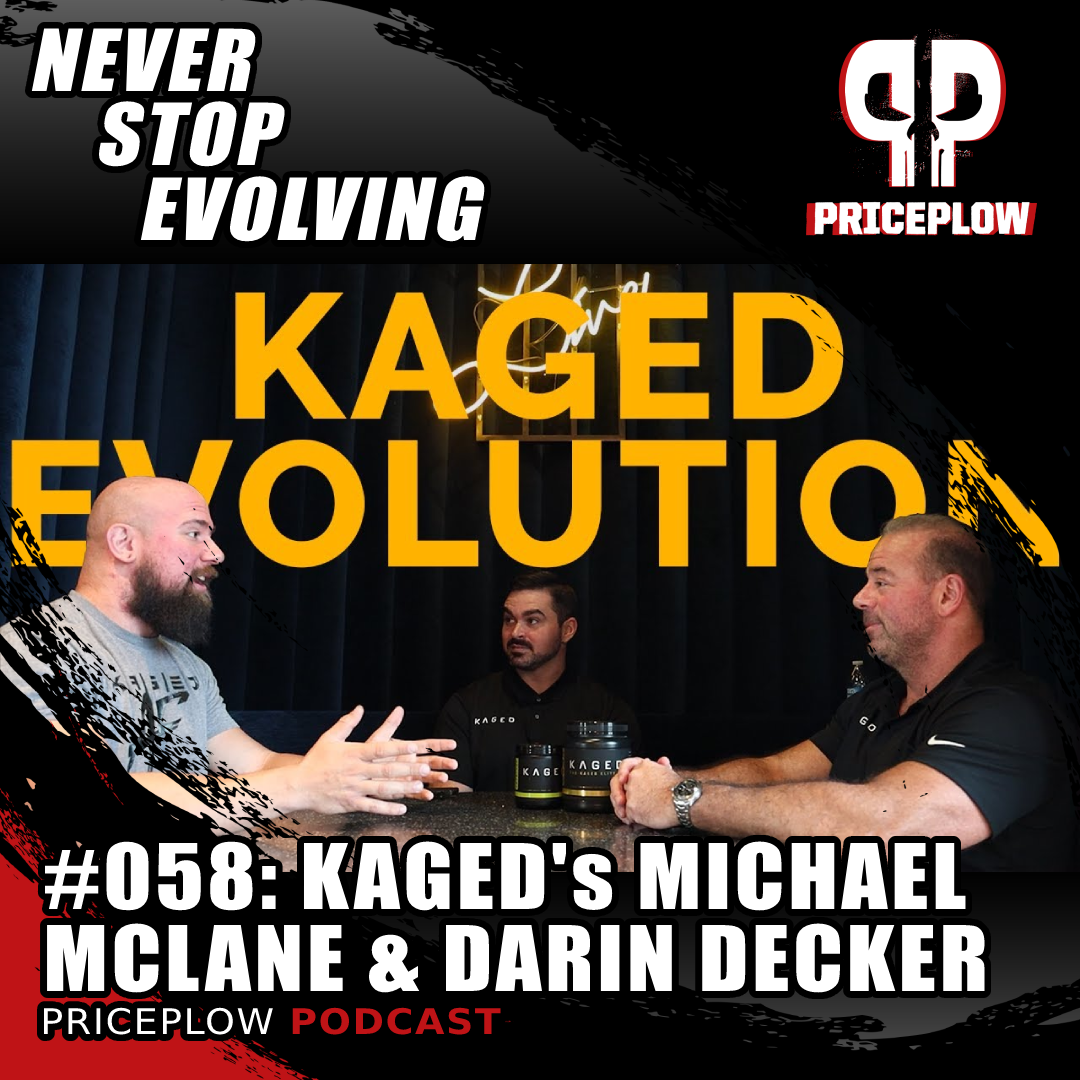
With a new tagline of "Never Stop Evolving", Kaged Muscle is now KAGED. It's all discussed in episode #058 of the PricePlow Podcast.
Through the spring of 2024, both Pre-Kaged Elite and Kaged Pre-Workout Elite will exist. Pre-Workout Elite is the latest version, and will be a GNC exclusive until March 1, 2024. So if you don't see it available here, you can always check out the Pre-Kaged Elite page linked above. Either way, the formulas are exactly as stated -- elite.
It's simply a massive formula with pump ingredients that blow nearly everything else out of the water. This is quite literally bigger than a lot of protein scoops - and that's the kind of pre-workout the most aggressive athletes want.
We're glad that Kaged stuck to their guns with such an impressive formula, and then made it even better by introducing MAX Catalyst to the world. You know there's more coming, so subscribe to PricePlow's Kaged news alerts and get ready to continue the evolution.
Kaged Pre-Workout Elite Series – Deals and Price Drop Alerts
Get Price Alerts
No spam, no scams.
Disclosure: PricePlow relies on pricing from stores with which we have a business relationship. We work hard to keep pricing current, but you may find a better offer.
Posts are sponsored in part by the retailers and/or brands listed on this page.
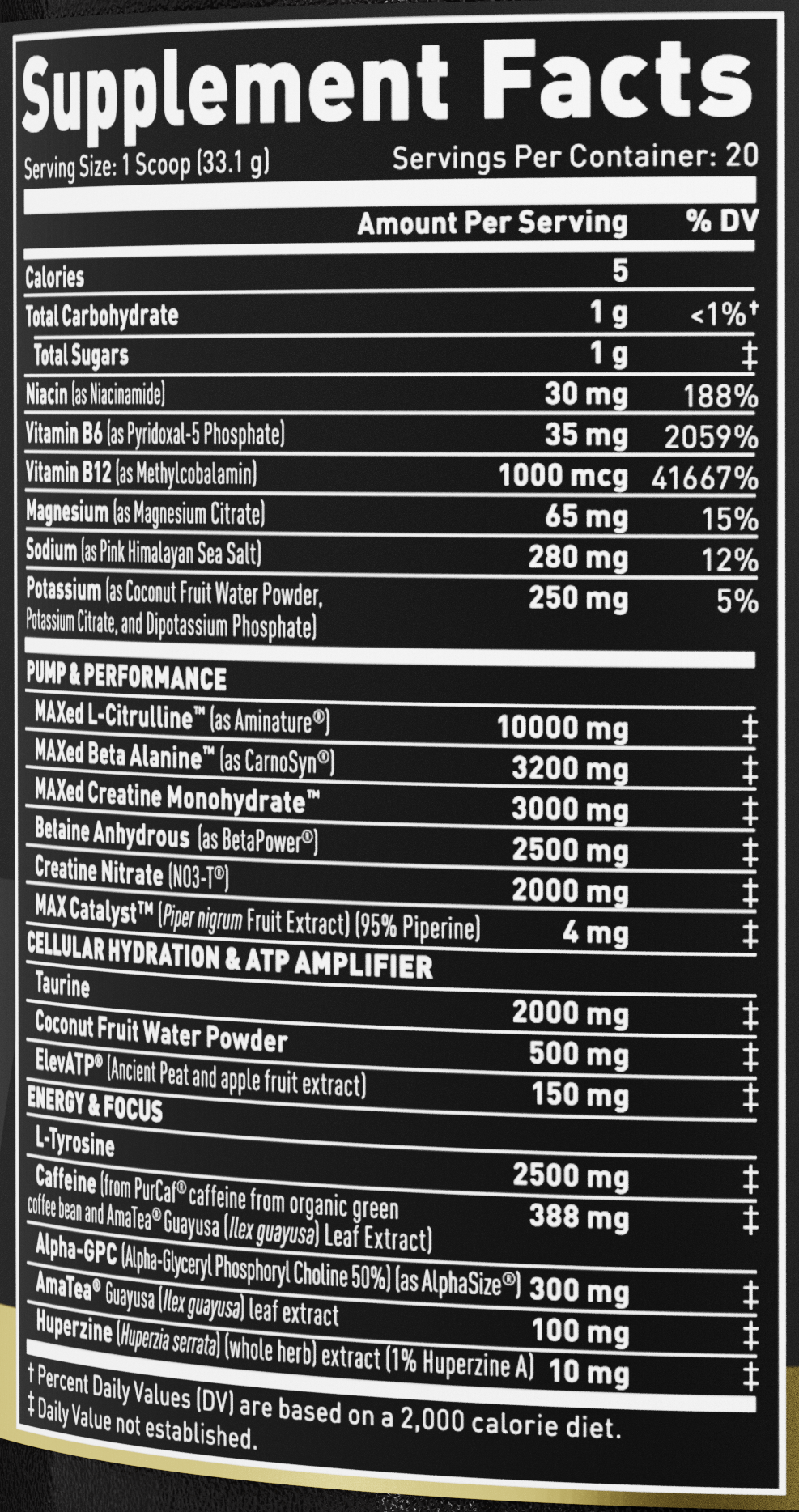
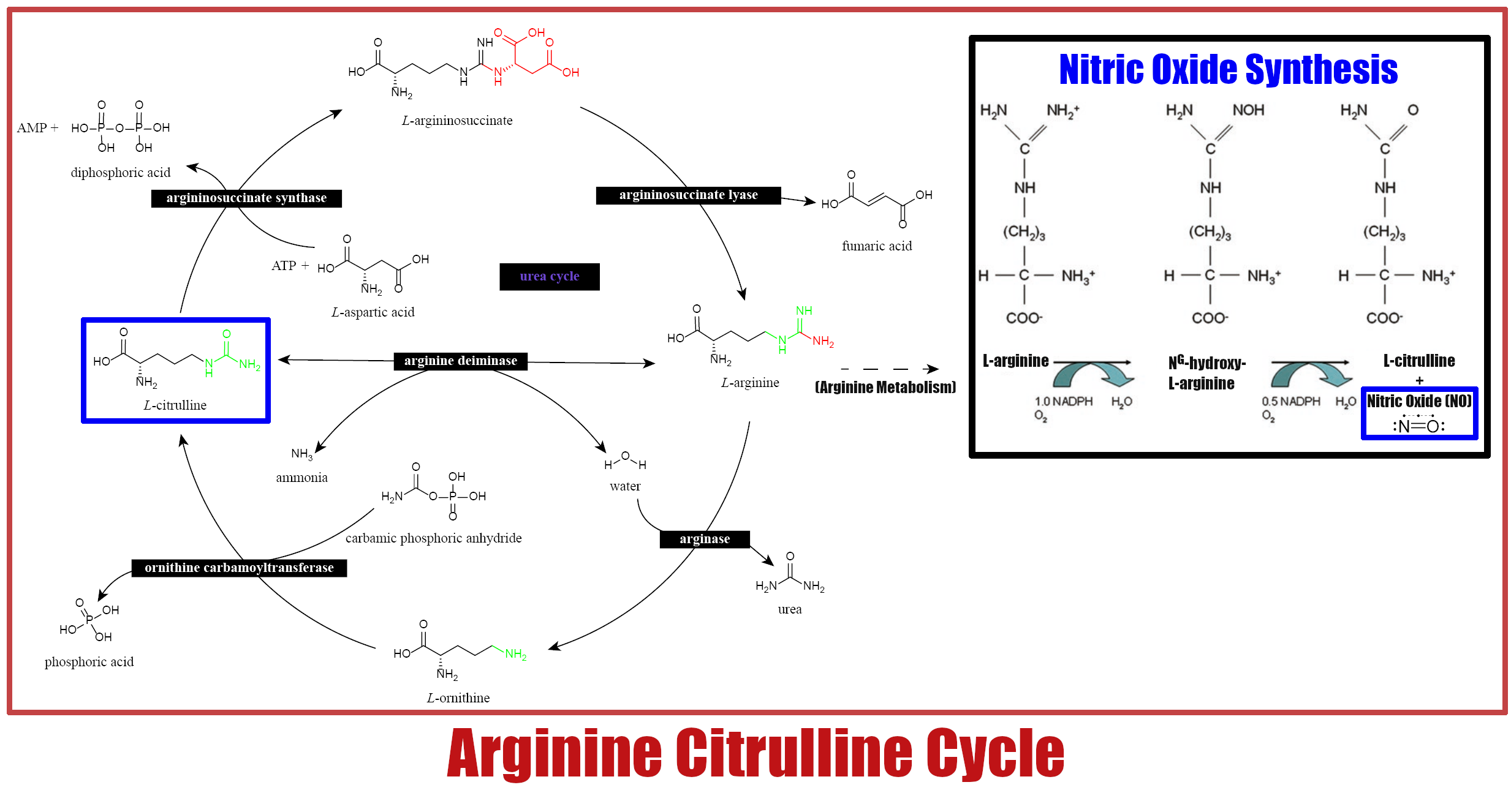
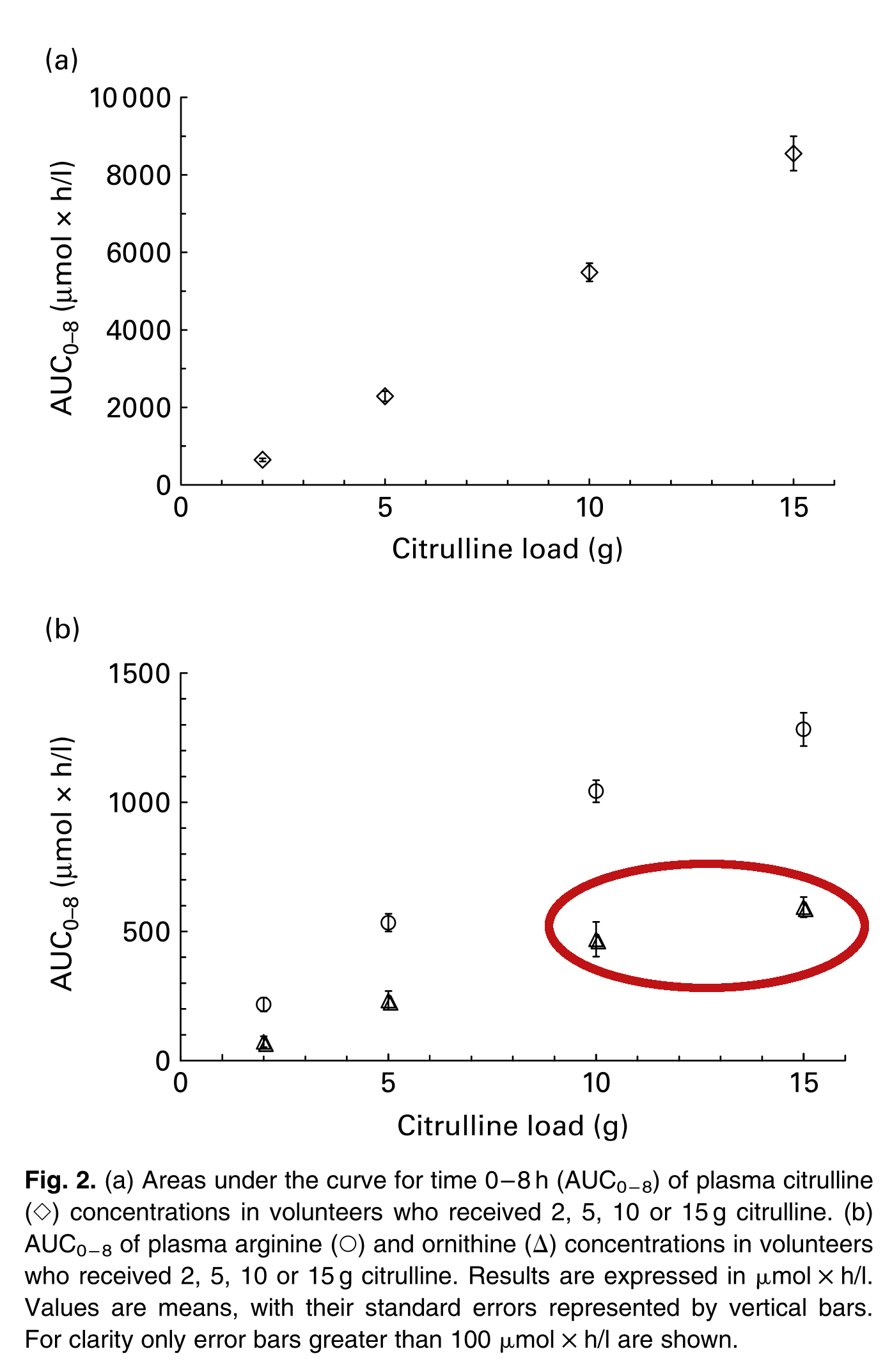
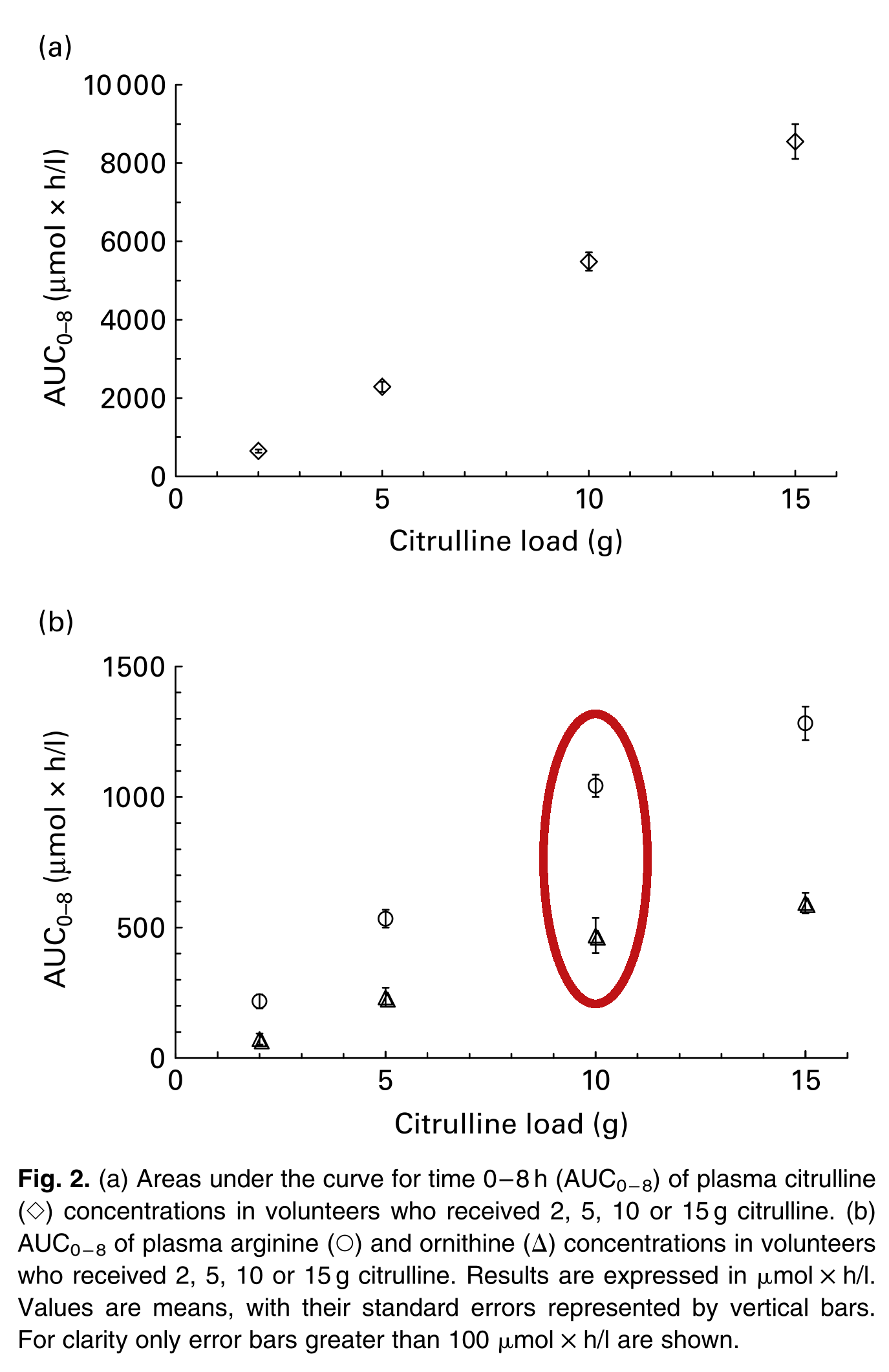
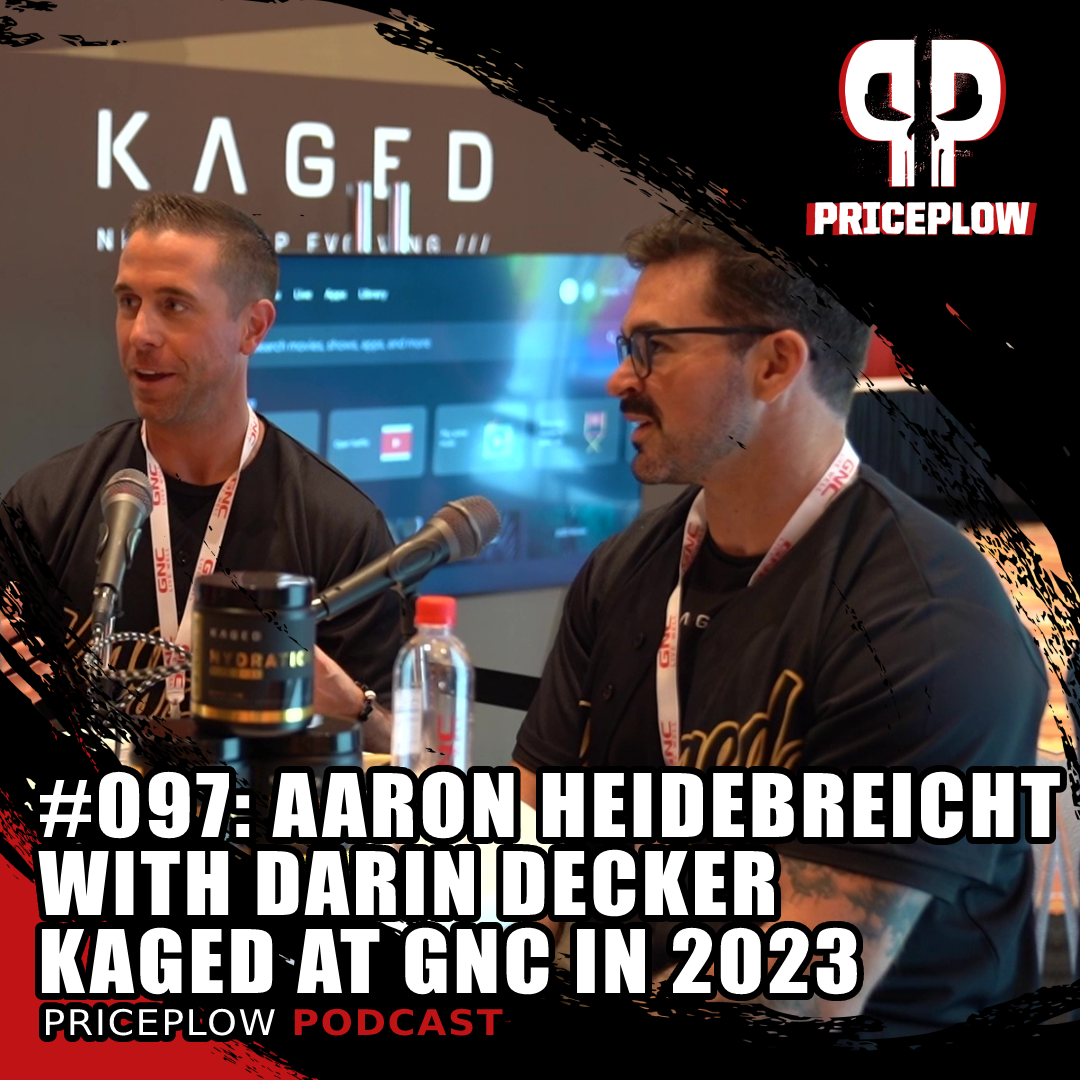
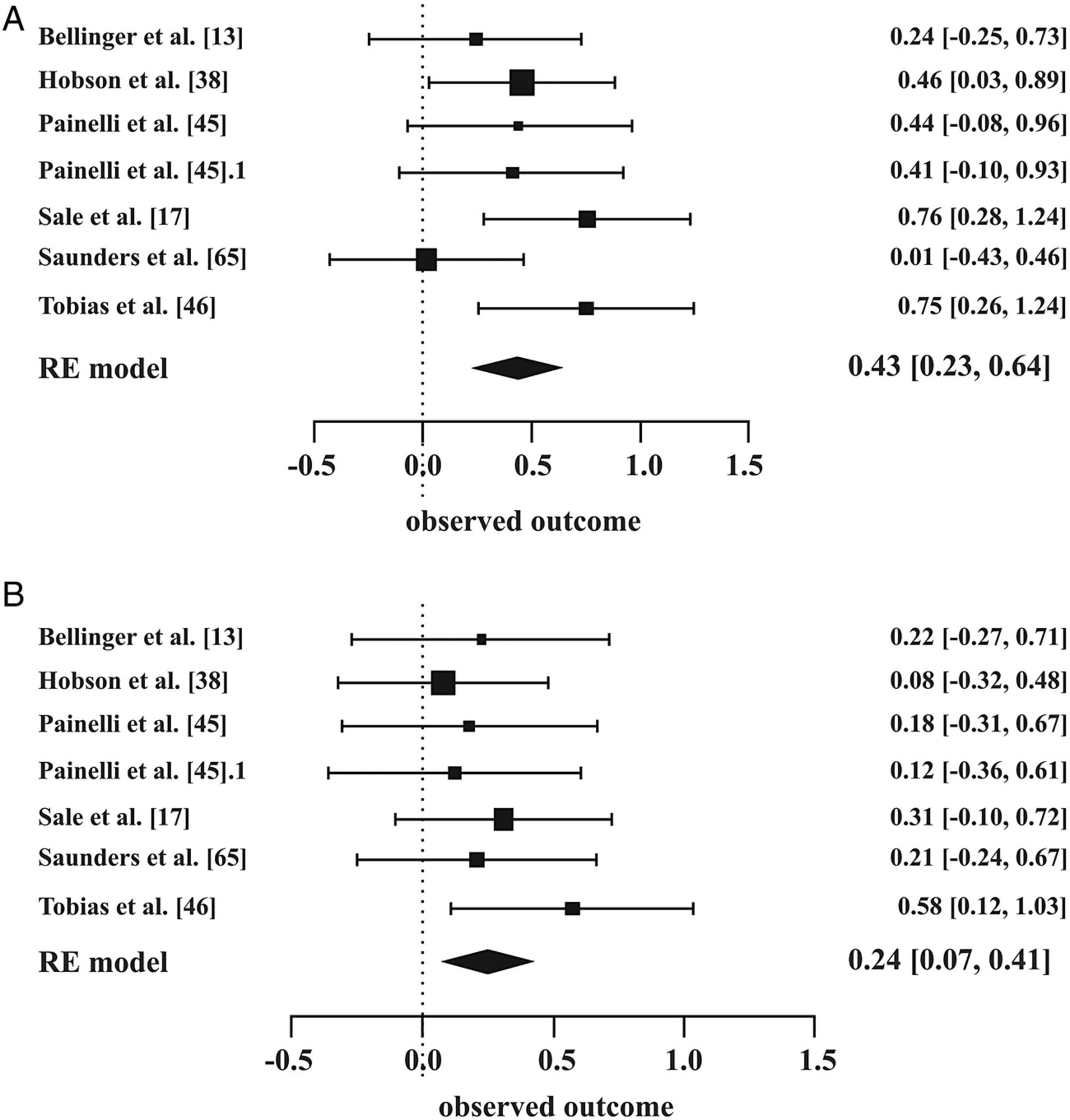
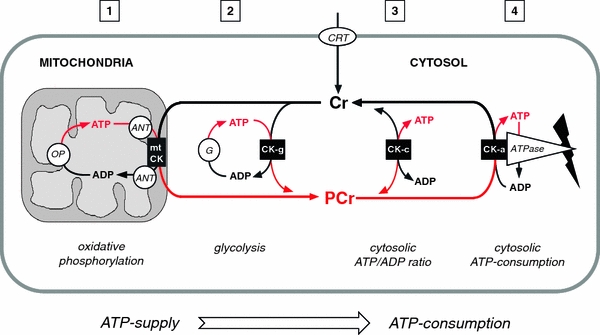

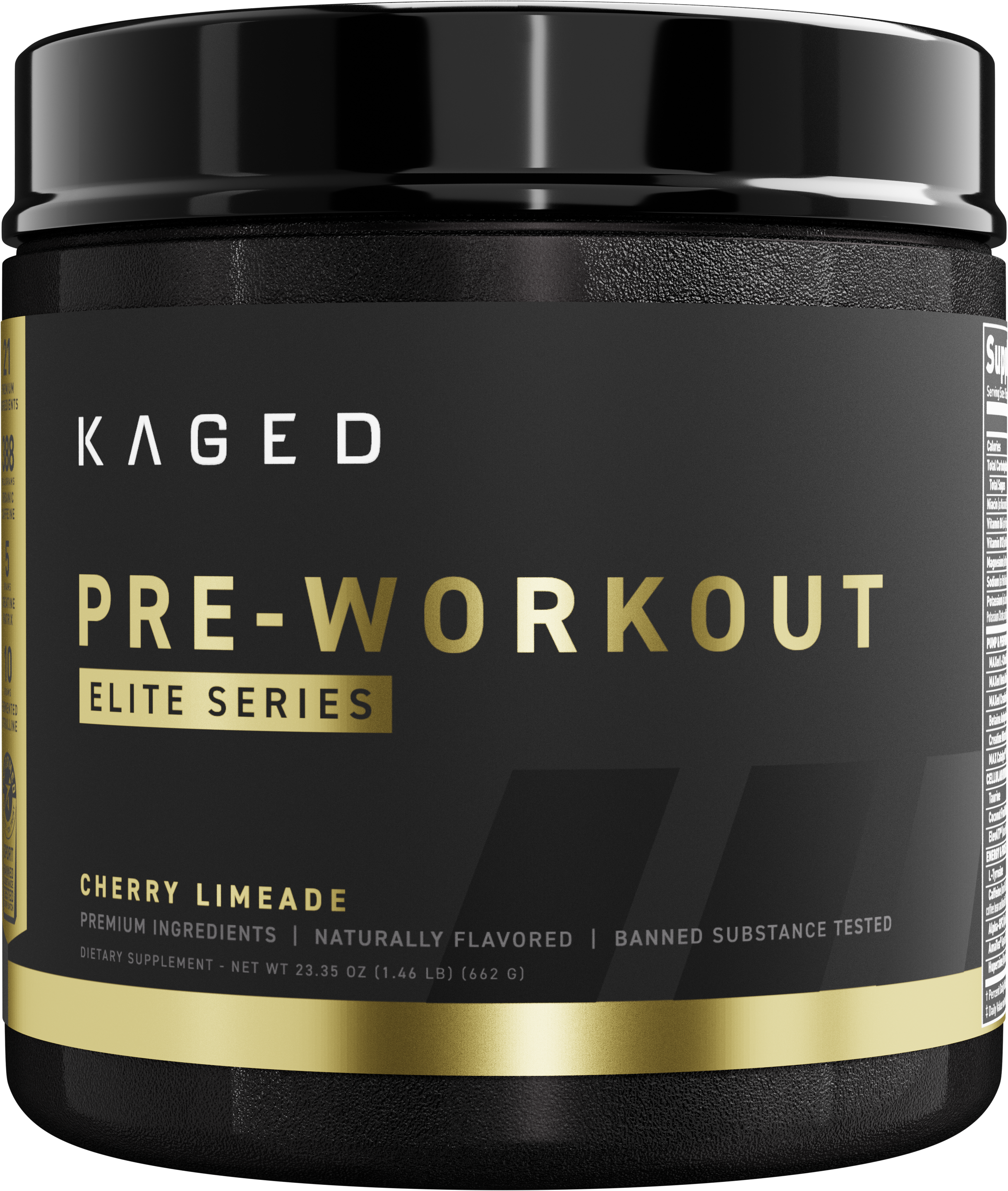

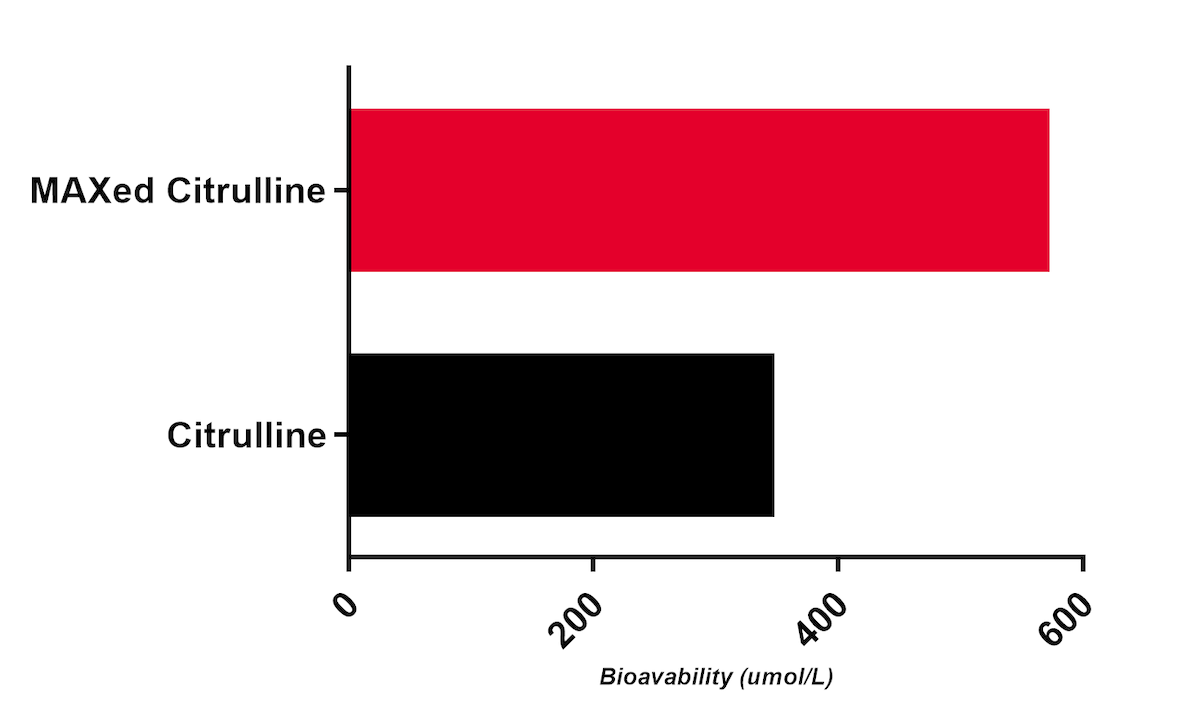
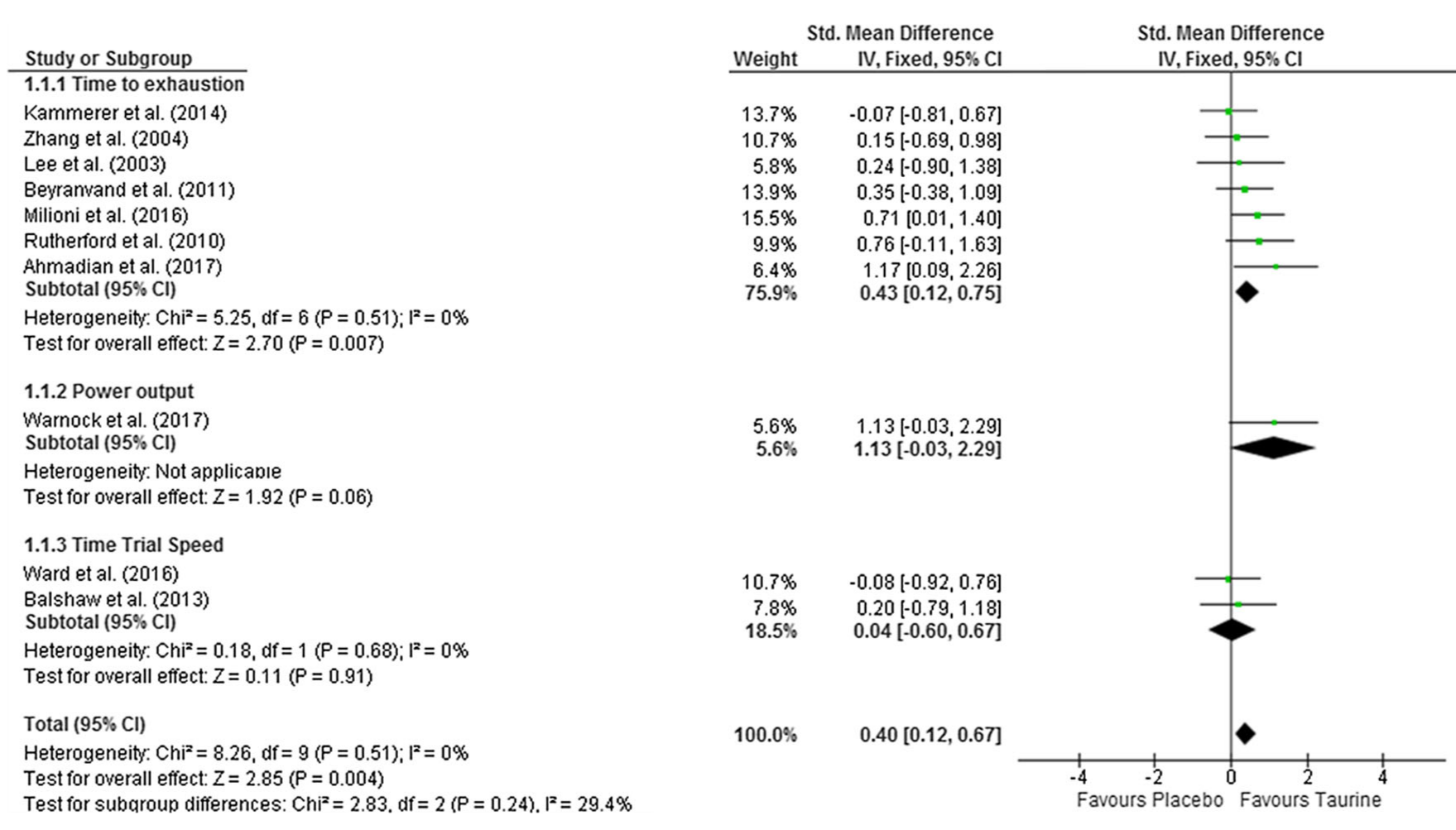

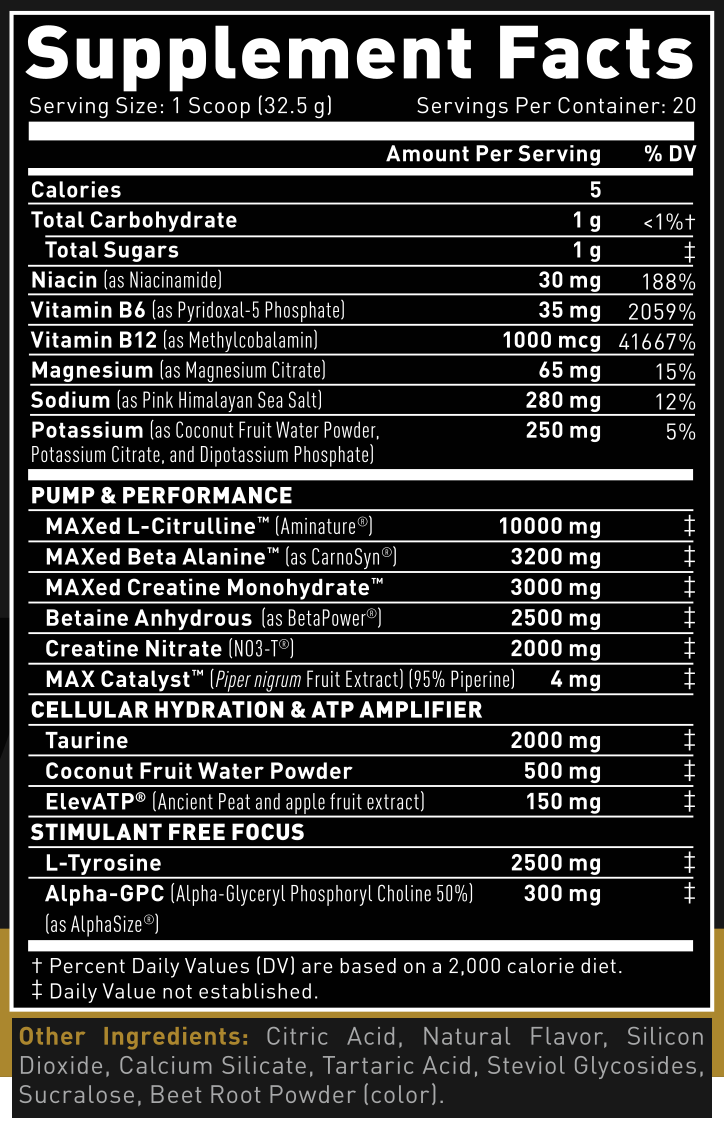
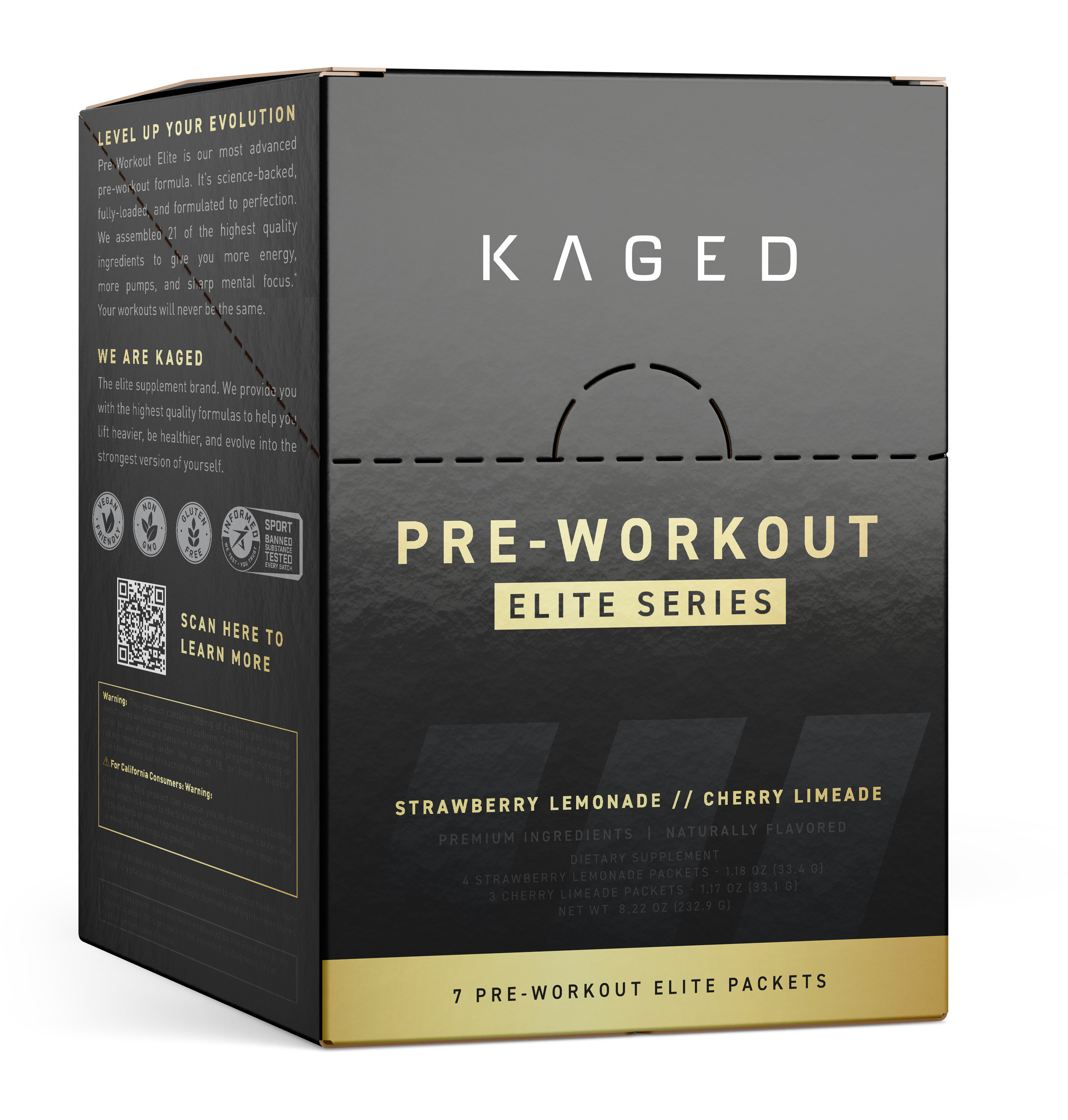
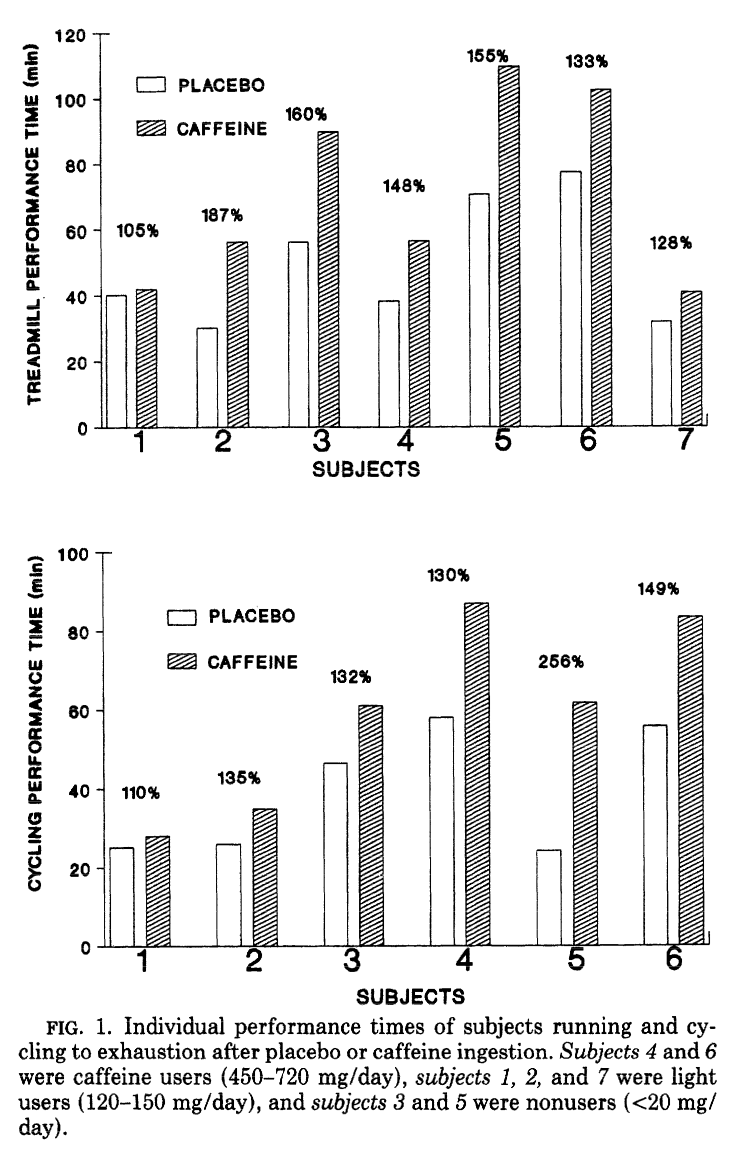
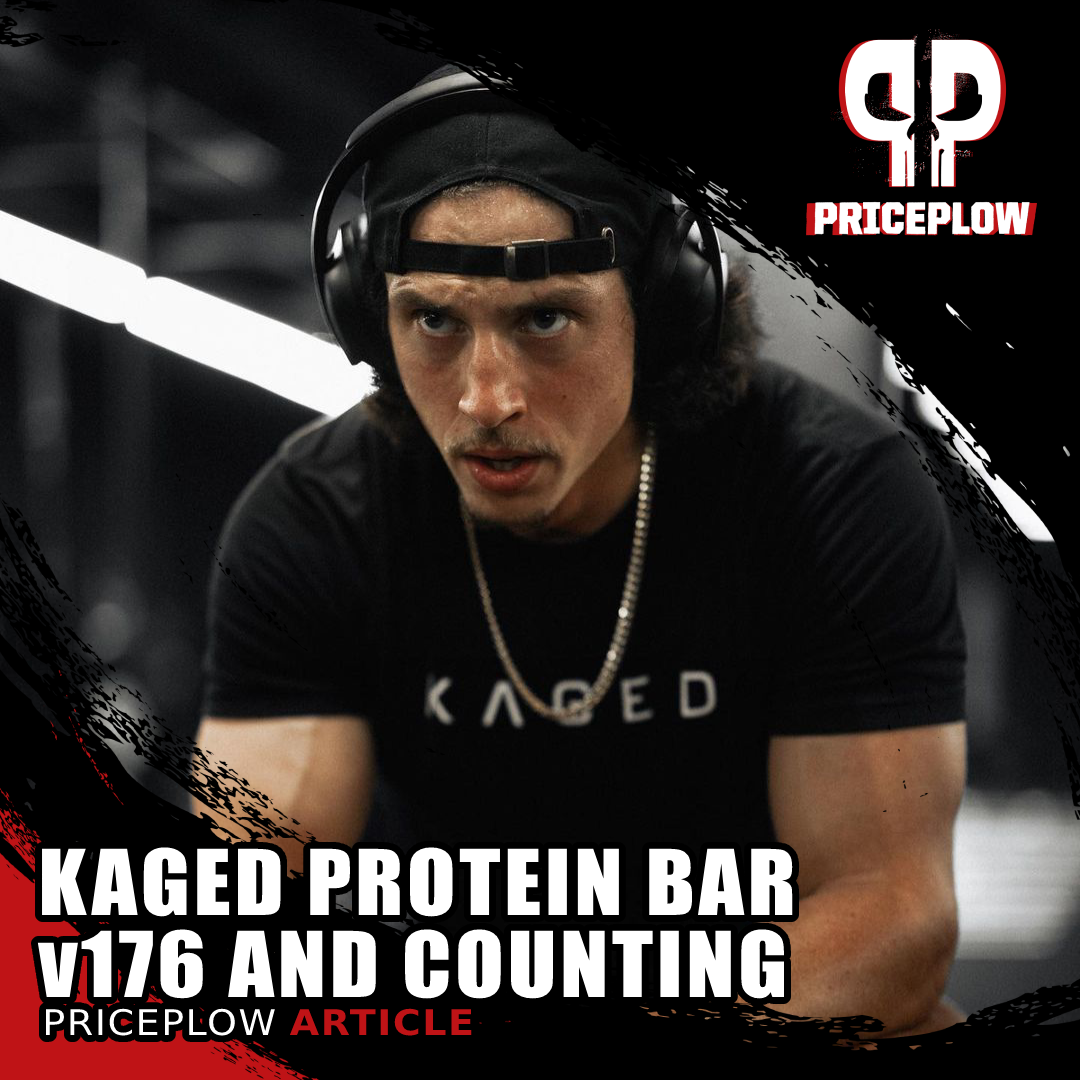

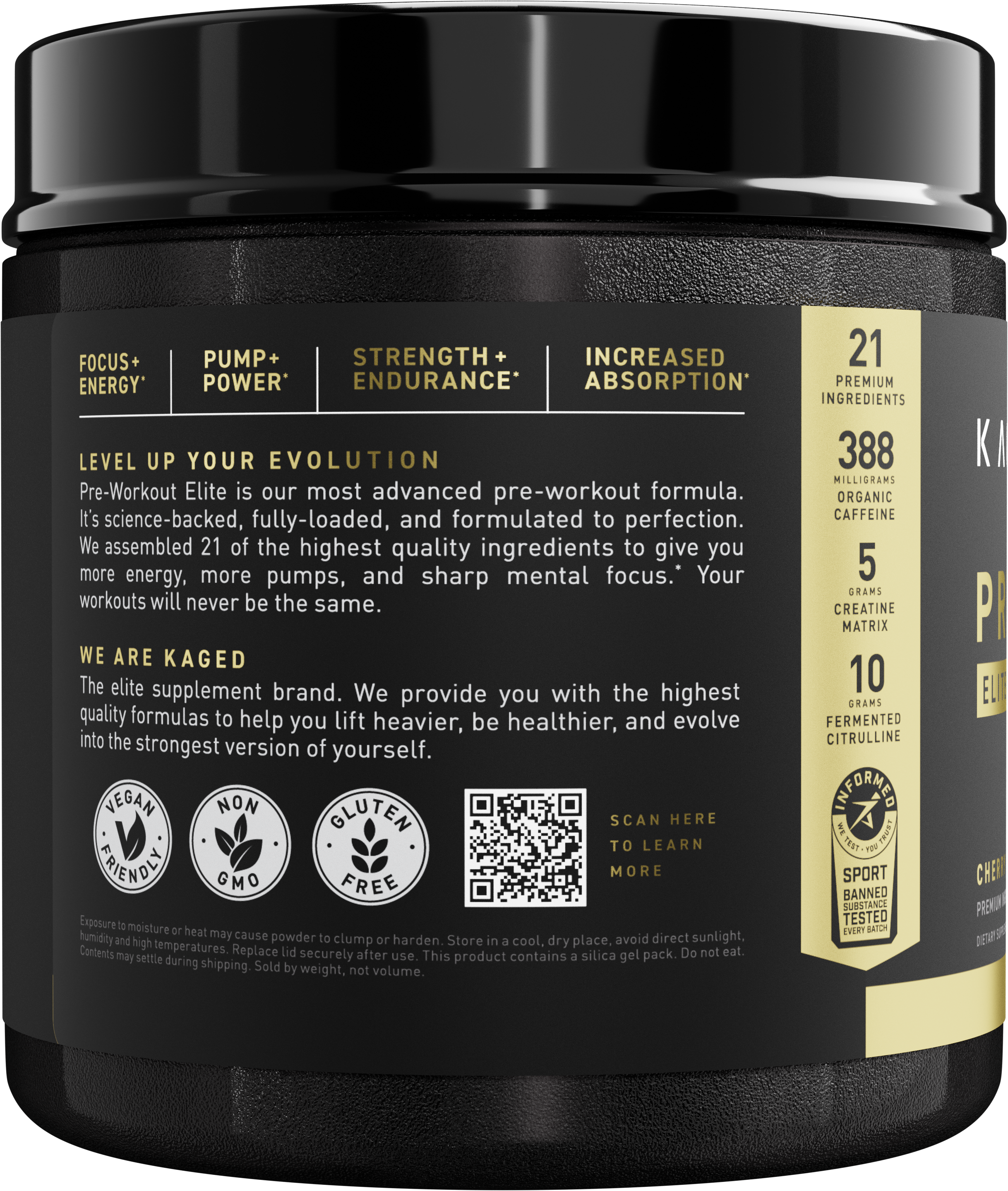


Comments and Discussion (Powered by the PricePlow Forum)